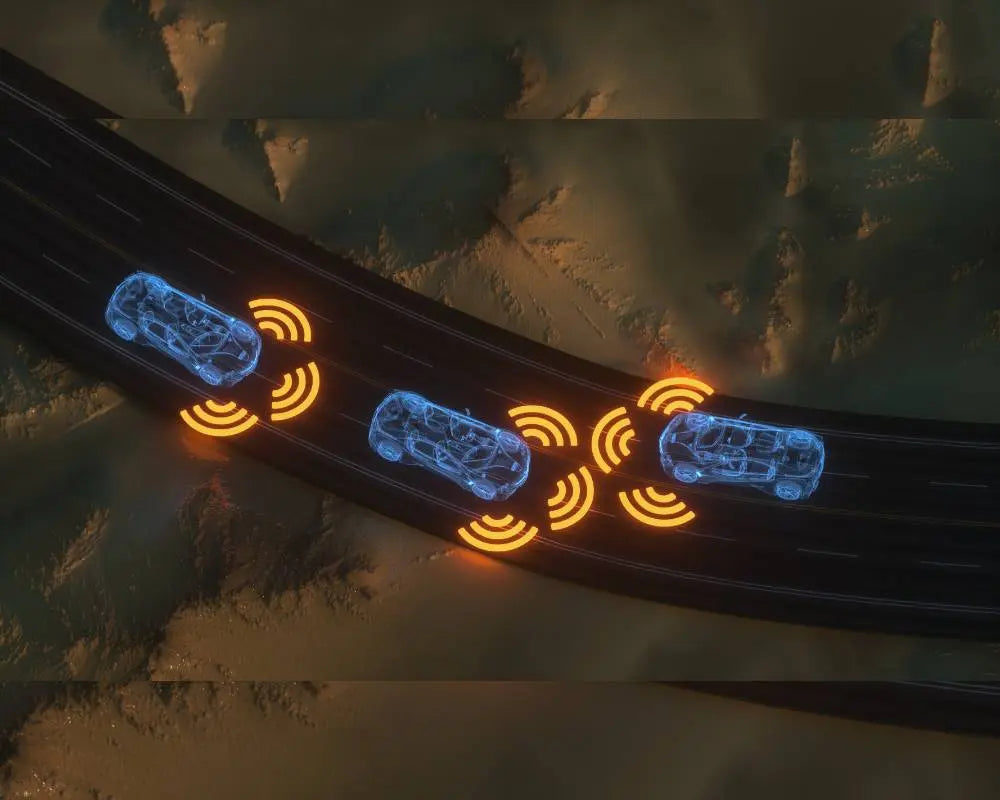Ultrasonic Rangefinder

Technical Field:
This innovation pertains to a rangefinder, specifically an ultrasonic rangefinder.
Background:
Measurement tools find widespread applications in various fields such as construction, property assessment, mechanical installation, agriculture, highway traffic, mining tunnels, and landscape planning. Despite the availability of advanced measurement tools, traditional methods like tape measures are still used, posing limitations in certain scenarios. Traditional methods face challenges when measuring heights that require additional tools like ladders, difficulties in measuring large areas like rivers, and time-consuming measurements of length, area, and volume that involve calculators.
Invention:
The purpose of this utility model is to overcome the limitations of existing technologies and introduce a simple, convenient, fast, and accurate ultrasonic rangefinder.
Technical Solution:
The ultrasonic rangefinder comprises a host and a target. The host includes a measurement switch, power voltage regulation circuit, central microprocessor, memory, liquid crystal display, ultrasonic transmission circuit, infrared transmission circuit, host ultrasonic transmission/reception sensor, host amplification circuit, integration circuit, target ultrasonic reception sensor, and front-end amplification circuit. The target consists of an infrared reception circuit, target amplification circuit, oscillation circuit, target ultrasonic transmission circuit, and target ultrasonic transmission sensor. The system includes temperature compensation circuitry (C7, R11, RT1), and the central microprocessor compensates for the propagation speed of the measurement signal based on the environmental temperature through the temperature compensation circuit's thermistor RT¹.
Operating Principle:
In the ultrasonic self-reflection mode, the system emits ultrasonic waves towards a reflective surface, and the reflected signal is processed to calculate and display the distance. In the ultrasonic remote reflection mode, the host and target are placed on opposite sides of the measurement range, and distance is calculated based on signals transmitted between them.
The central microprocessor, through built-in programs, allows easy unit conversion (meters, feet, decimal feet, yards) and provides five groups of memory storage functions based on practical needs.
Advantages:
Versatile Ranging: The ultrasonic rangefinder allows for both near-range measurements (0.56m to 15m) with a reflective surface and far-range measurements (1m to 60m) or measurements without a reflective surface.
User-Friendly Operation: The system is easy to operate, offering quick and convenient measurements. It also provides options for unit conversion and memory storage.
During the testing process, the central microprocessor U5 performs a comparison and identification of signals provided by the integration circuit (D16, D17, C45, R48). When the detection signal is sufficiently strong, no compensation is required. In the event of an abnormal detection signal, the central microprocessor U5 outputs a detection signal from P23. This signal is directed to the detection signal compensation circuit through the 5th pin of CON1. Subsequently, Q18 and Q19 facilitate charging C53, and U8A and U8B amplify the signal. Q20 provides stability to the output of U8A, generating an analog curve representing the characteristics of sound wave propagation. This, in turn, supplies an appropriate voltage to amplification circuit II to achieve the compensation objective.
Specifically:
When the detection signal is weak, the compensation signal needs to be strong. The compensation signal outputted by U8B, after passing through R64, Q21, and D14, provides a relatively strong compensatory voltage to amplification circuit II.
Conversely, when the detection signal is strong, the compensation signal is weak. The compensation signal from U8B, passing through R30, provides a relatively weak compensatory voltage to amplification circuit II.
Considering the impact of environmental temperature on the speed of sound wave propagation, a temperature compensation circuit (C23, R11, RT2) has been incorporated. The central microprocessor U5, through the thermistor RT2 in the temperature compensation circuit, senses the ambient temperature. By monitoring voltage changes at pins P64, P26, and P27, it can discern alterations in external environmental temperature, recognizing the effect on sound wave propagation speed. This information is crucial in calculating distance, ensuring corresponding compensation during the process.
These sophisticated compensation mechanisms enhance the reliability and accuracy of the ultrasonic rangefinder under varying conditions, ensuring precise distance measurements. For further details on our advanced ultrasonic rangefinder technology, please visit www.erdicn.com.






